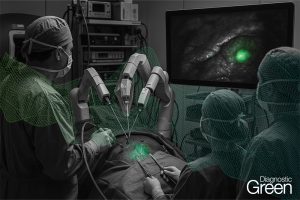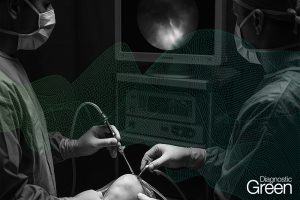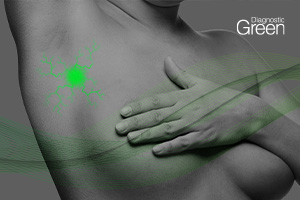Background: One of the complications of free flap breast reconstruction is the occurrence of skin and fat necrosis. Intra-operative use of near-infrared (NIR) fluorescence imaging with Indocyanine Green (ICG) has the potential to predict these complications. In this study, the quantification of the fluorescence intensity measured in free flap breast reconstruction was performed to gain insight into the perfusion patterns observed with ICG NIR fluorescence imaging.
Methods: ICG NIR fluorescence imaging was performed in patients undergoing free flap breast reconstruction following mastectomy. After completion of the arterial and venous anastomosis, 7.5 mg ICG was administered intravenously. The fluorescence intensity over time was recorded using the Quest Spectrum Platform®. Four regions of interest (ROI) were selected based on location and interpretation of the NIR fluorescence signal: (1) The perforator, (2) normal perfusion, (3) questionable perfusion, and (4) low perfusion. Time-intensity curves were analyzed, and two parameters were extracted: Tmax and Tmax slopes.
Results: Successful ICG NIR fluorescence imaging was performed in 13 patients undergoing 17 free flap procedures. Region selection included 16 perforators, 17 normal perfusions, 8 questionable perfusions, and 5 low perfusion ROIs. Time-intensity curves of the perforator ROIs were comparable to the ROIs of normal perfusion and demonstrated a fast inflow. No outflow was observed for the ROIs with questionable and low perfusion.
Conclusion: This study provides insight into the perfusion patterns observed with ICG NIR fluorescence imaging in free flap breast reconstruction. Future studies should correlate quantitative parameters with clinical perfusion assessment and outcome.




